A Trip Through My Career
Health and Safety is Quite Often Overlooked
Health and Safety is vital to both a business and individuals. It is also a topic that many choose to both ignore and take seriously. When I speak to friends and family the topic usually heads in the direction of large energy companies in the Oil and Gas trade. Quite often Health and Safety is not considered in an office, shop or public area until an accident occurs.
I have had my fair share of jobs, in different industries and environments and most seem to welcome the idea, but do not always put health and safety management systems into practice. I now find myself after many years of study, with a successful career in health and safety and from my experience, the challenge is not always to prevent an accident from occurring, as this is not always possible, but to take reasonable steps in reducing the severity of injury or the chance of an incident.
Trailing Wires and Stumbles
Straight out of university I started working self-employed (designing websites, mobile apps and eLearning products) and I visited quite a few premises.
My first business ‘trip’ led me to stumble over a trailing wire, luckily I managed to catch myself, redress my composure and carry on. At the time I didn’t even think about the possibility of an impact, rather “How clumsy am I? That didn’t look very professional!” On the way out of the building, I checked my footing with each step and noticed the wire had been pulled taut against the wall.
The company I was doing some work for were quite small and I doubt they employed a Health and Safety professional to continuously inspect the building, but the person who took a few seconds to correct the error, could have prevented a serious trip or fall. If only somebody had noticed it sooner.
Major Trip Hazards
Eventually I found myself doing part-time work as a waiter in a hotel, I quickly progressed up to a supervisor role and was told that it was my responsibility to monitor safety. Working in a hotel sees all kinds of visitors; celebrities, businessmen and highly intoxicated wedding goers, the latter making many hazards even more possible.
One of the major trip hazards we had to check constantly for was trailing cables. Trailing cables were easy to rectify (or so I thought) by using rubber cable protector mats. Inserting the wire into these in the middle of a room (usually required for powering conference goers laptops) was a solution to a hazard which was easy and cost effective to solve.
The issue arose during storage of these rubber mats. As hotels usually try to maximise room for guests, for the workers practicality isn’t always foremost in people’s minds, and storage certainly wasn’t either. Storing these cable protectors meant rolling them up and placing them into a large plastic barrel, which had a lasting effect on its anatomy as I was soon to discover.
Why storage is important
One time I was busy with an organiser talking about the layout of an event, so I tasked a colleague to prepare the remainder of the room, one of these tasks involved simply covering all the wires. After I finished speaking to the organiser I headed to the kitchen area to write a few things on the board, and I tripped.
This time I wasn’t so lucky to just stumble, I prevented impact by instinctively holding out my hand. Grateful for the thick carpeted floor and realising nobody was around to witness my embarrassment I looked around the room to see what I had fallen over… A cable protector.
The long dark rubber mat with only one purpose caused an accident it was designed to prevent. It was arched up just a few inches from the carpet. Instantly I raised the issue with higher management, pointing out that it was a storage problem. Luckily, the problem was rectified instantly and they were laid across the tops of fridges with heavy boxes of paper placed on top. They remained there when I left that day, and when I came back after a week of annual leave, I noticed they were placed back into the same plastic container making my attempt at correction redundant.
I am unsure whether this was a communication error, perhaps somebody thought I would have rolled this rule out (no pun intended) or maybe nobody could find a new home for these 12ft rubber covers.
Regular Equipment Checks and Responsibility
Now Health and Safety isn’t primarily about the steps people take to prevent injuries, it’s part of a much larger package. My uncle works as a window cleaner and has luckily never had any falls, however this could be down to the fact that he regularly checks his equipment – a small safety tip that he had learned from one of his friends who, unfortunately fell from his ladder because of a worn rubber grip at the base.
It is not just the managers’ responsibility.
People who manage staff will encounter constant issues where workers will not take the correct safety precautions. Why? It could be down to a plethora of reasons such as; workers wanting to finish a job quickly to leave earlier, not being bothered as they have done the task a thousand times, or most importantly, they have not been trained/informed correctly.
I have worked in a college and also in an office as a manager, and in both I found staff and students would disobey certain rules given out to them. Quite often I would find handbags and rucksacks trailing from under a desk, it is one thing that used to infuriate me. Coats would never be hung up and end up being left hanging over the back of a chair, which, if knocked off becomes a trip hazard, with the surroundings declaring the severity.
The Cost of Workplace Injuries
If you are an employee who is untrained in Health and Safety, you are probably unaware of the cost of workplace injuries. The visible costs in the UK, usually covered by insurance, are in excess of £500m each year, and the hidden costs (delays, equipment damage, temporary labour and fines) multiply that amount. This also costs the health service £133m per year and it is worth noting that in 2002/2003 the number of hospital bed days taken by trips, slips and falls was 698,336.
The cost to employers for training their staff can be minimal. For example, an IOSH Working Safely course should be considered, if financially feasible, as a basic foundation for all employees. Most people see a trip or fall to be something that people stand back up from, but it is worth nothing, this is not always the case.
Take Control of Risks
Remember, that it isn’t always down to the appointed person to take control of these risks, it is down to each employee.
If you spot a hazard, either correct it if it is safe to do so, or notify someone if there are risks you are untrained for. Appropriate portable hazard signs are usually located nearby, so try to learn of their location and take the time to place one in clear view of hazards such as wet floors. Turning a blind eye to these hazards could cost someone much more than the seconds it takes for you to correct or raise awareness. With the fines for these incidents, a simple trip could also be the fall of a company.
I have included a Hazard Spotting Checklist below and a leaflet from HSE regarding the prevention of Slips, Trips and Falls.
Further Reading:
Preventing Slips, Trips and Falls
https://www.hse.gov.uk/pubns/indg225.pdf
Hazard Spotting Checklist
https://www.hse.gov.uk/pubns/ck4.pdf
Statistics taken from:
https://www.hse.gov.uk/slips/costs.htm
If I have missed anything or you have anything to add then I would love to hear from you, please feel free to comment below. Share this with your co-workers, because the more people that simply know the risks, could prevent you and others from accidents.
Stephen Conlan

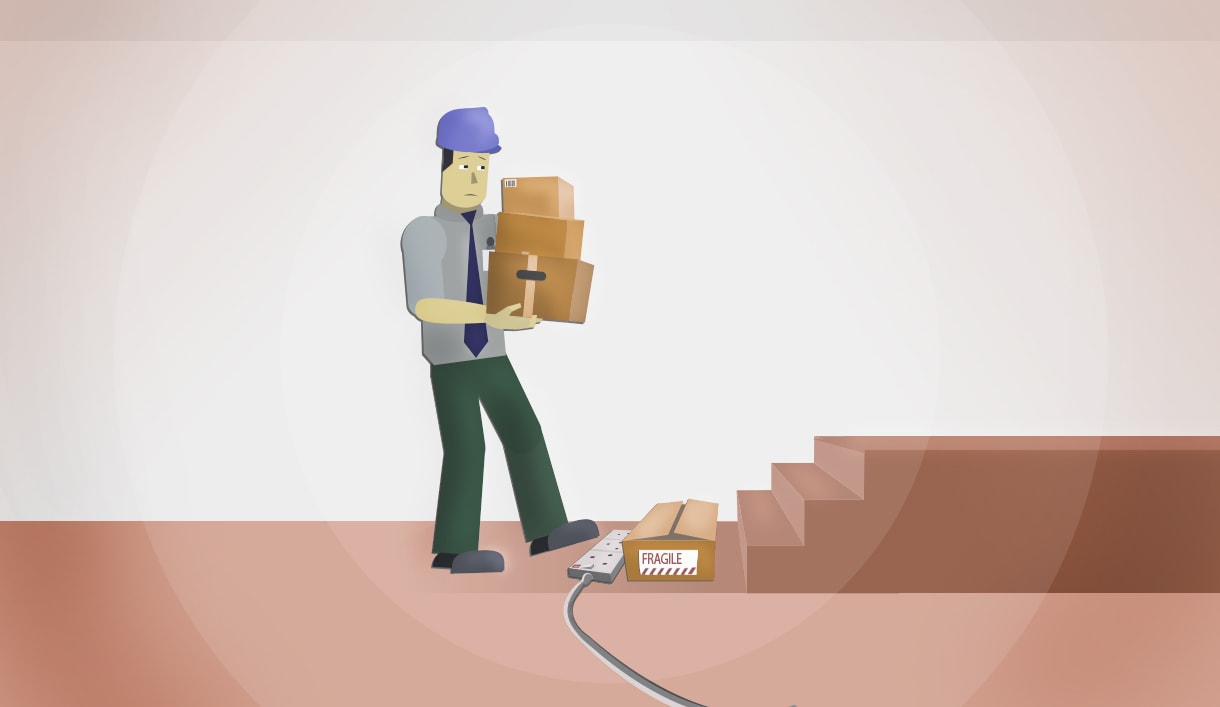

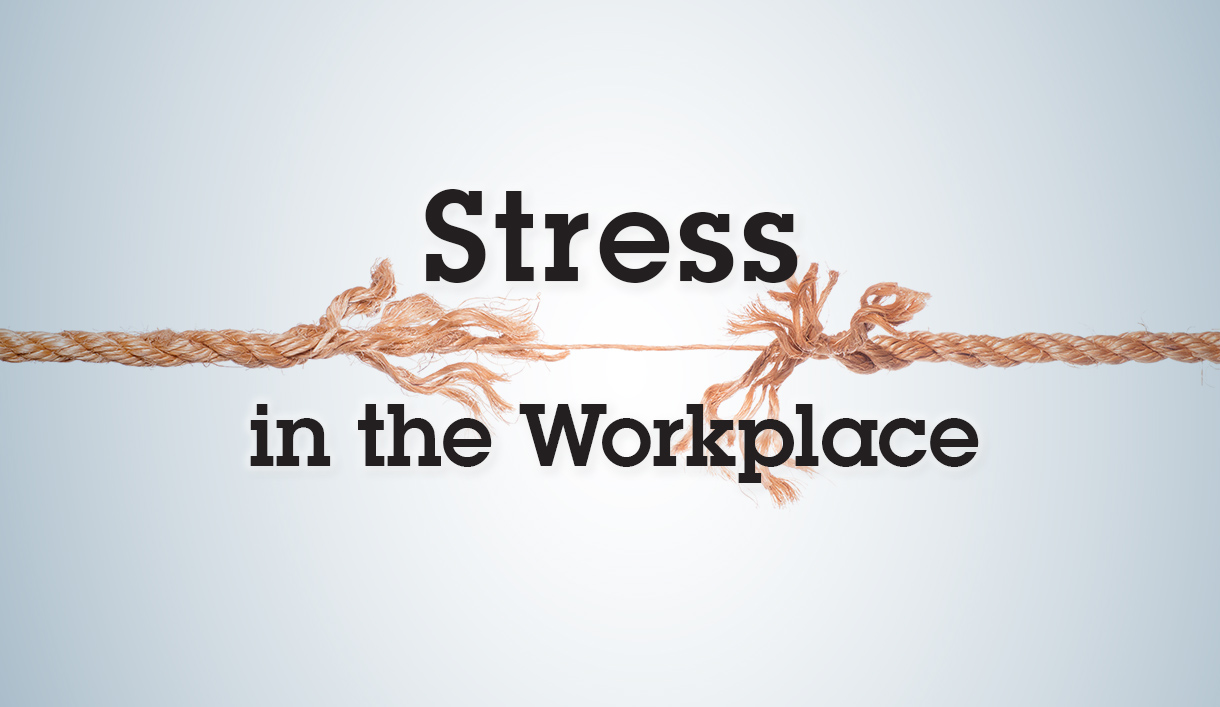
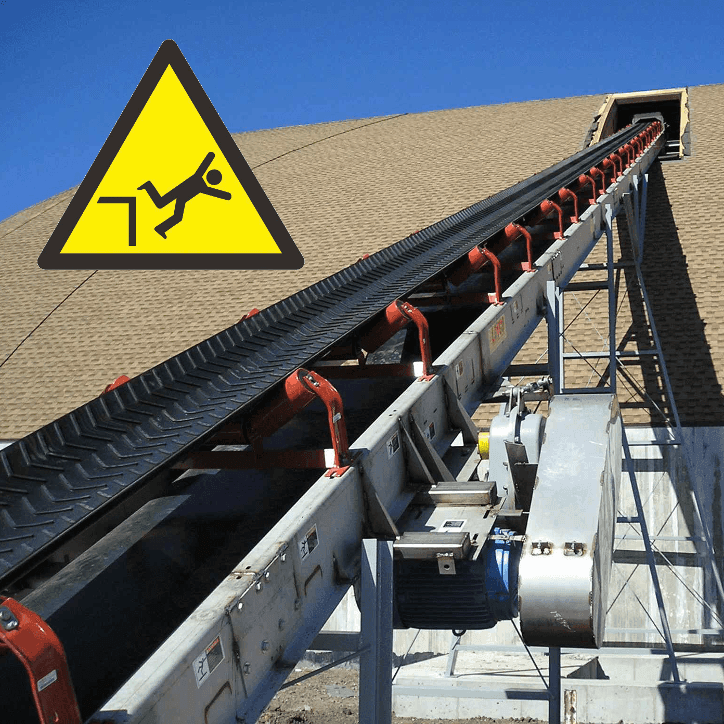
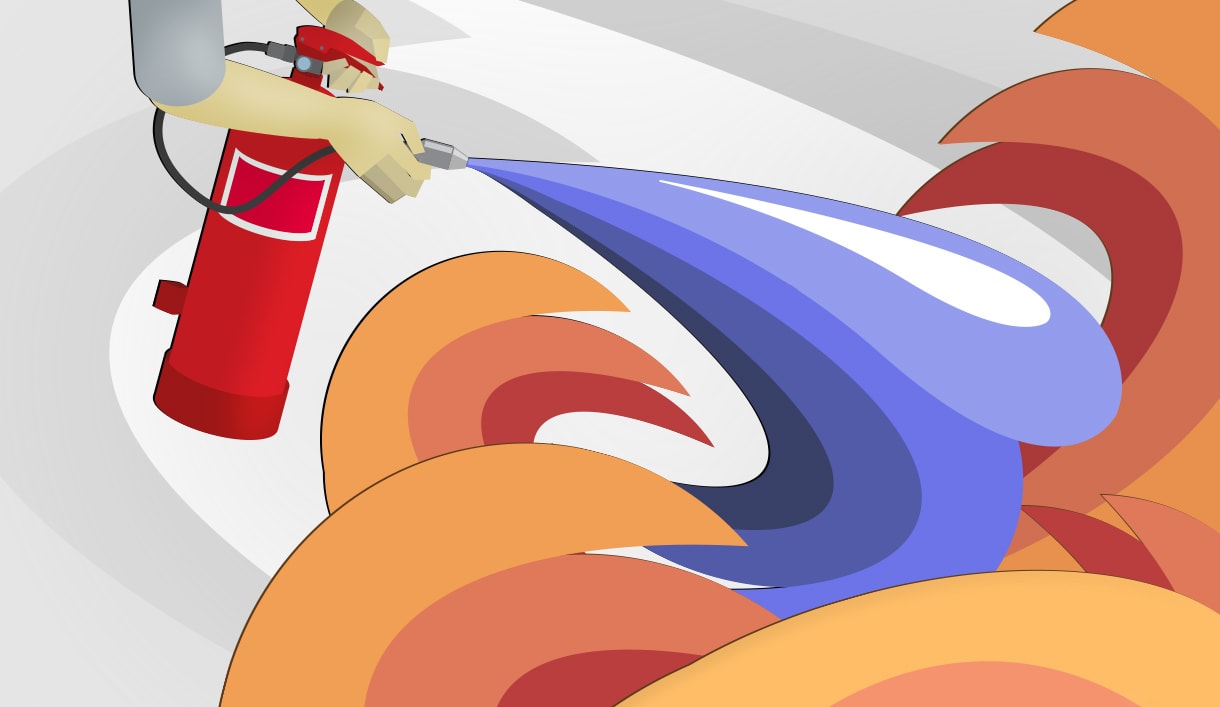
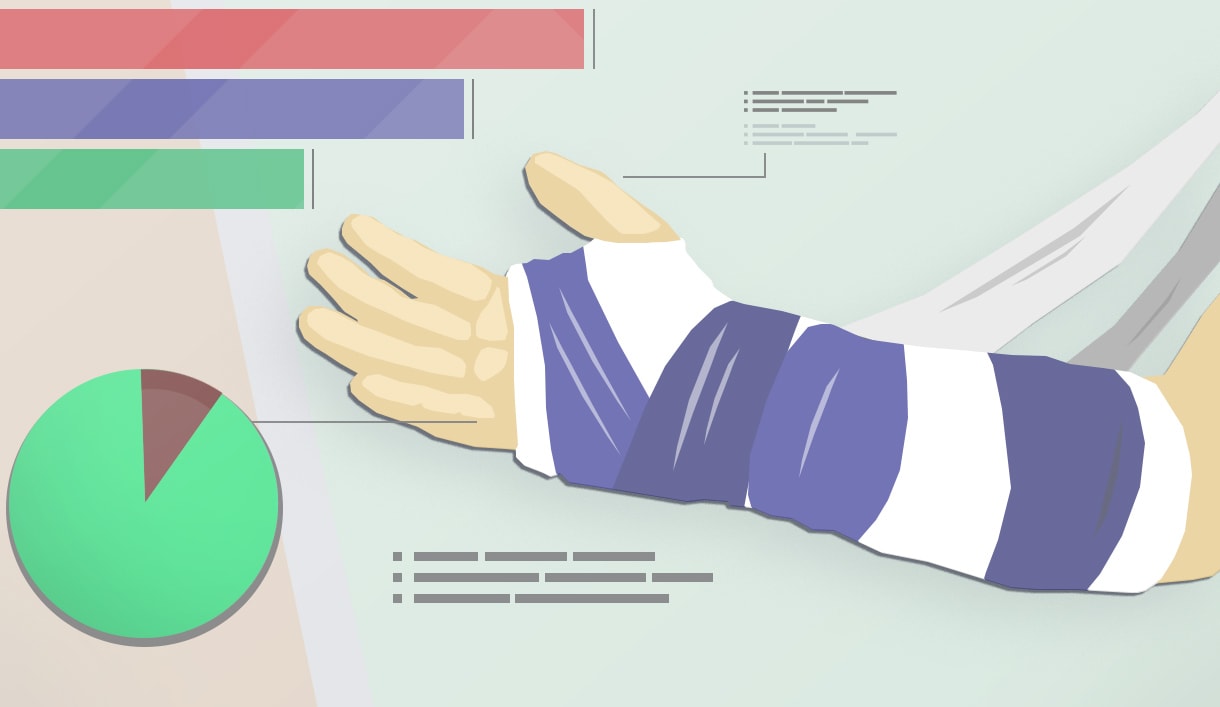
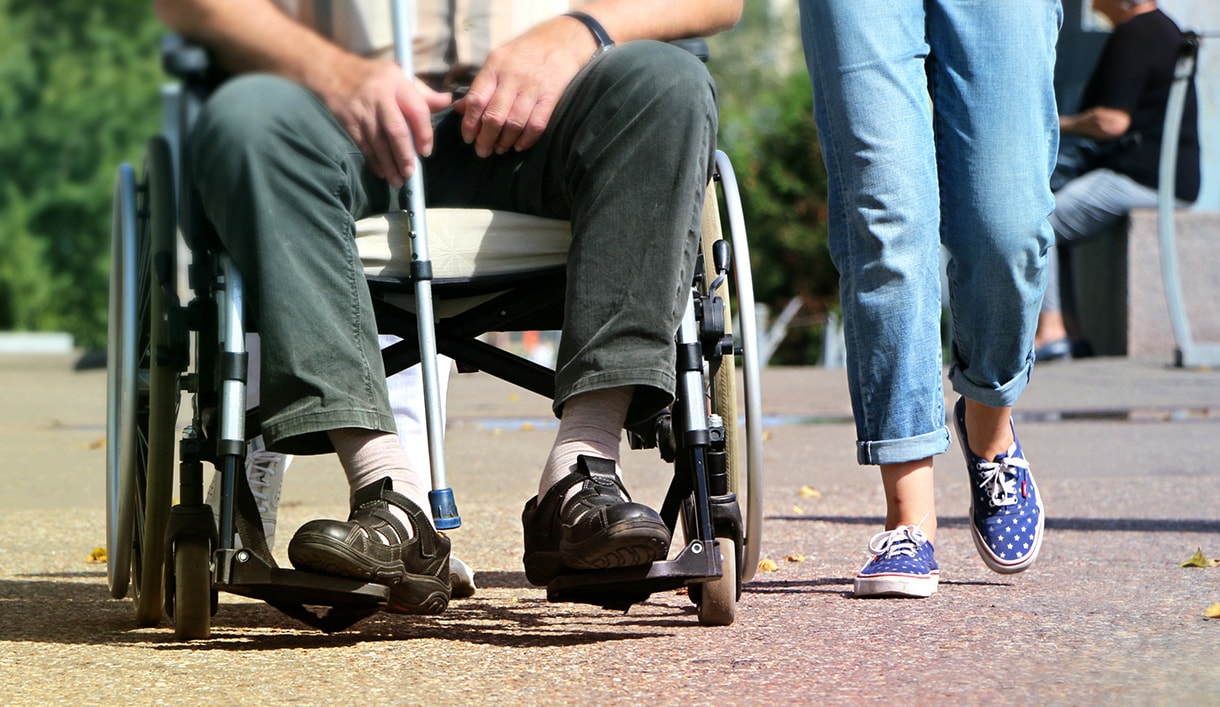
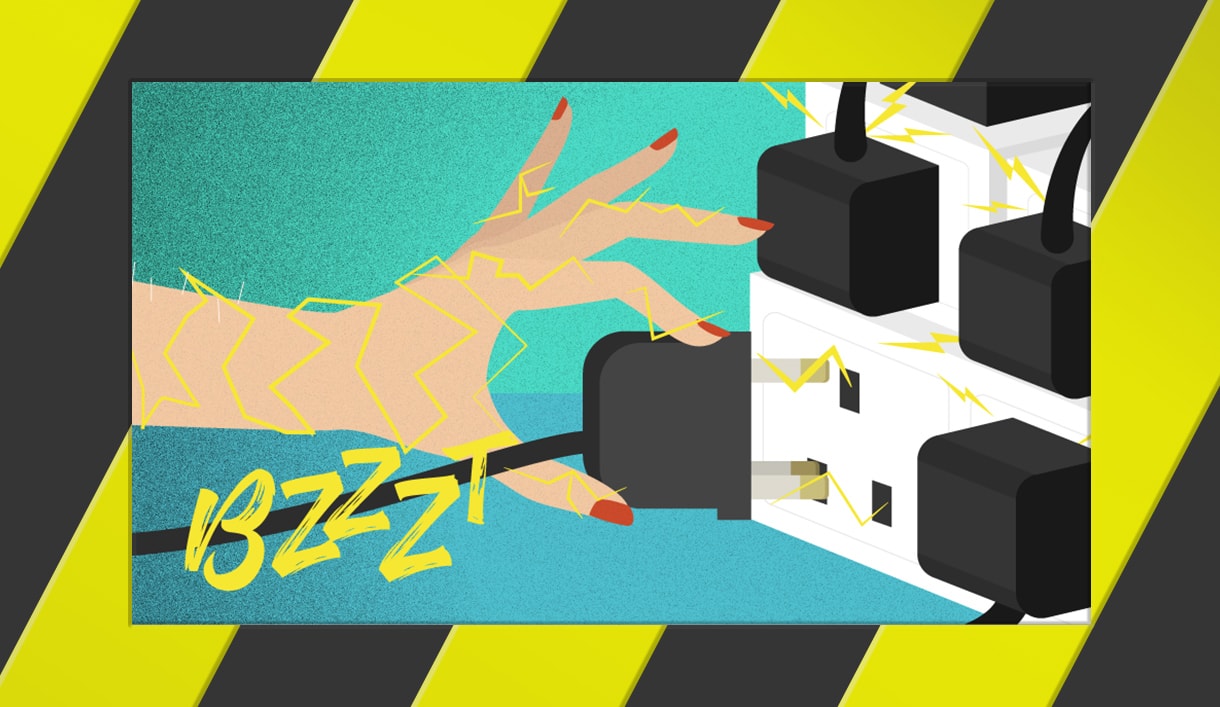
Leave a Reply
Want to join the discussion?Feel free to contribute!